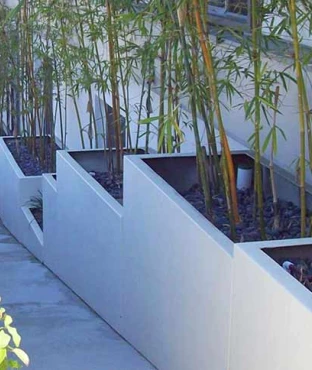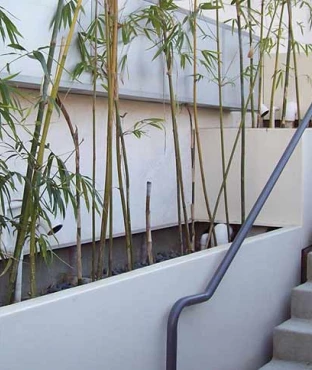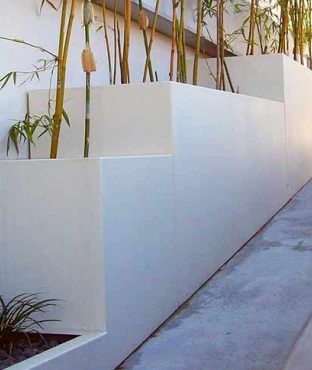Stormwater Planters
Stormwater Planters
Why Sustainable Stormwater Management?
To Reduce the Risk of Environmental Harm:
- Stormwater runs off impervious surfaces (such as roofs and paved areas) instead of soaking into the ground. Conventional stormwater management directs runoff into drains and pipes that carry it offsite and eventually discharge it into a river or stream.
- Impervious areas generate large volumes of runoff relatively quickly. The increased volume and speed of the runoff can cause flooding and erosion, destroy natural habitat, and contribute to combined sewer overflows (CSOs).
- The runoff picks up a variety of pollutants including oil, pesticides, metals, chemicals, and sediment that harm water quality and fish habitat.
- Water-related energy consumption accounts for nearly 20% of the cost of electricity. One inch of rain falling on 1,000 square feet of rooftop produces more than 600 gallons of water. If every building owner replaced this amount of potable water with captured rainwater, energy consumption would be greatly reduced.
To Recharge Underground Aquifers
- 40% of Southern California’s drinking water comes from groundwater supplies. Harvesting rainwater and allowing it to infiltrate into the ground replenishes underground aquifers.
– Ask about our hydro-diffusing system to prevent erosion and concentration of the stormwaters.




